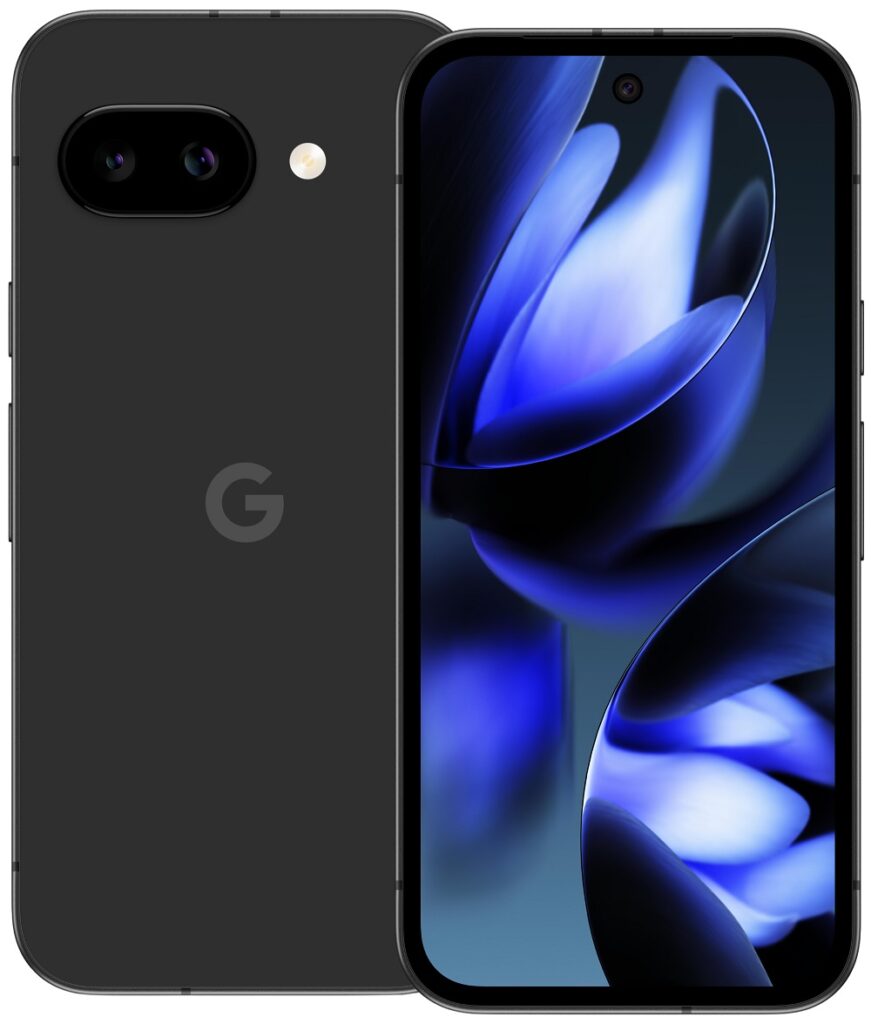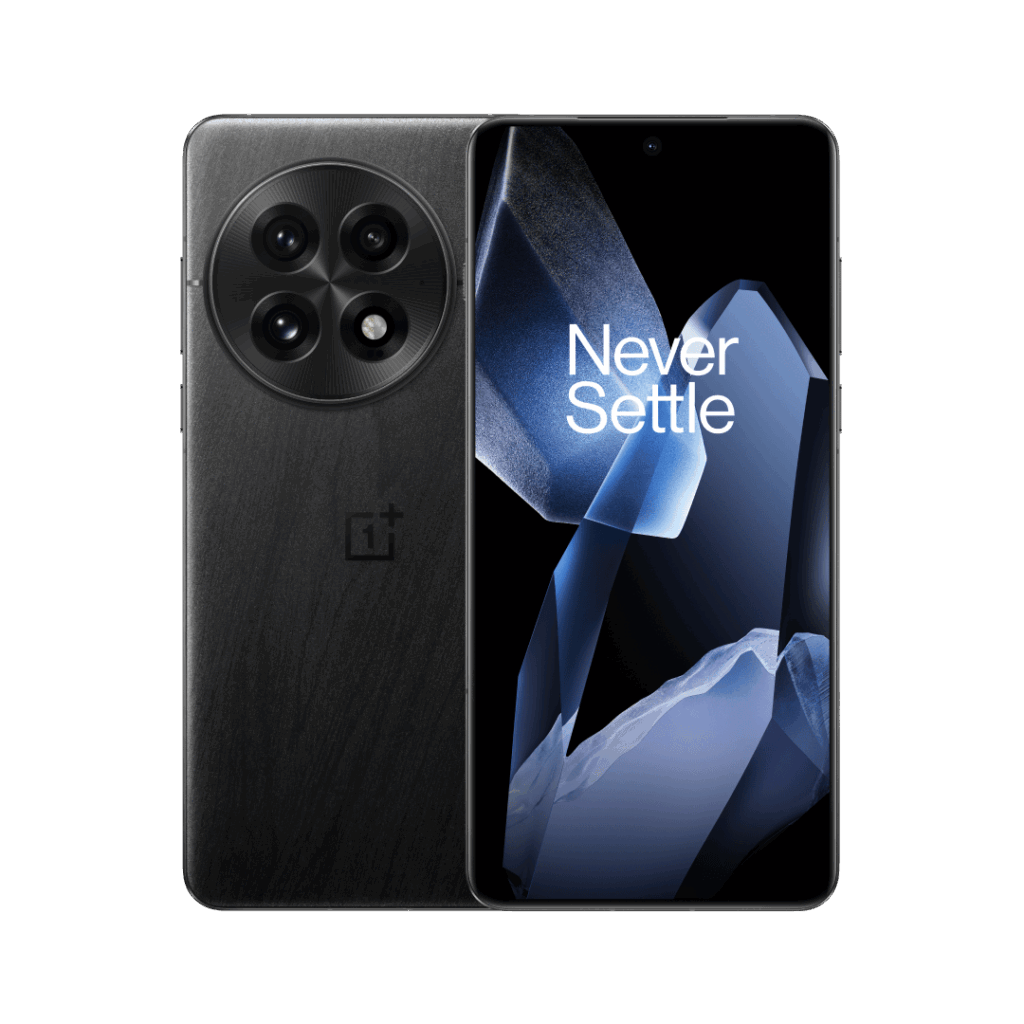
This will be a bit of a tricky phone to give an objective review on for a couple of reasons:
- I received the phone for free. The seller used eBay simple delivery using Evri, which got stuck in transit and passed the estimated delivery date. eBay refunded me in full and stated if the item ever does arrive it’s mine to keep. Low and behold another week later it did arrive.
- I have a deep dislike of Google. I won’t go into it here but they are an advertising company, the data they harvest and sell on their users knows no limit.
With that in mind, I’ll do my best to not impart my bias onto this device. Who knows, maybe the two points will balance themselves out!
I purchased the Pixel 9a on a bit of a whim. I was in a state of paranoia regarding data collection on phones and had intended to use GrapheneOS with it. The prospect of a slightly smaller device than my Oneplus 13, and very little camera bump was also alluring. That combined with the massive depreciation Pixel phones generally experience lead me to place the order. When the order went missing, I wasn’t massively disappointed and didn’t look to order another. However it arrived, and I’m pleasantly surprised by it.
My initial impressions are it feels like an iPhone in the hand. It’s what I’d imagine the iPhone would look like if they continued with the design language of the iPhone 5s. That’s not a bad thing. It has square edges, but rounded enough to be comfortable in the hand. The bezels are larger than I’d expect but no worse than something like the Samsung A55. The best part about this phone is that it has basically zero camera bump. Without a case this phone can lie flat on a table with basically no wobble. I’m not sure what Google have done to achieve this, the device is a little thicker than an average phone but not noticeably so, but I’m impressed. The size is comfortable. Still a little larger than what you’d be able to comfortably use one handed, but much easier to manage than an iPhone Pro Max sized device. The metal frame with a plastic back is actually something I appreciate too. In the hand it still feels premium and it will make battery changes or any other work much easier to perform.
The specs, on paper leave something to be desired. Google have promised 7 years of updates for this model, which is admirable. However this phone only has 8GB of RAM where the other devices in the Pixel 9 series have 12GB for the base model and 16GB for the Pro variants. In my usage that hasn’t been a problem so far, but it may become a limiting factor later in its lifecycle. The Tensor line of chipsets are a point of contention too, especially the ones made in the Samsung foundry. However, so far I’ve experienced no issues with it. I’d be the first to point out a power hungry modem or a overheating chipset but I haven’t experienced any of that with this device. The only time I’ve felt the device get warm was as all the apps downloaded after the initial setup, even then it wasn’t excessive. The battery is 5100mAH, which probably explains why I’ve been able to set the 80% charge limit and not struggle at all to make it to the end of the day, something that my Oneplus 13 barely managed some days. Overall, again, I’m impressed.
Finally, we get to the software. Aside from my thoughts about “AI” and the telemetry, the Pixel OS is very nice to use. Despite it probably being the most “locked down” flavour of Android I’ve ever used in regards to limited settings and customisation everything works well. With that lack of customisation comes minimalism and well thought out functionality. This is the first time I’ve used a Pixel on Android 16, and aside from the childish fonts used in some places it seems to be quite well executed. Setup was easy, navigation flows smoothly and the phone seems to handle app management well. One thing that is refreshing compared to other manufacturers is a complete lack of bloatware. The only thing this ships with are the Google products, and even then not all of them. There was very little I needed to uninstall and disable out of the box. Something that on a Samsung or Oneplus would probably take me the best part of an hour to achieve.
Would I recommend the device? It depends.
Google do not have a good track record when it comes to hardware quality. Device failures are common, screens failing, batteries swelling, bits of the phone falling off are all well documented across multiple generations. On the flip side Google generally handle these issues quite well, extending the warranties, offering compensation or even replacing the devices years down the line. It’s still worth being aware of this though as regardless of the resolution its still an unnecessary inconvenience. Then there’s the value for money. The Pixel’s are generally priced way higher than what their hardware is worth. With their latest releases they are up at iPhone pricing with barely even half the power on paper. However there’s a saying within the Pixel community; “Never pay full price for a Pixel”. Almost immediately after launch Google begin offering steep discounts, carriers practically give them away and their value on the 2nd hand market plummets drastically.
If you’re willing to accept all the trade-offs I’ve just mentioned, and are OK knowing that there are devices with much better specs for the same money a Pixel may be for you. Even then, I’d only recommend you buy one used. This way you skip the massive depreciation, and avoid encouraging Google’s shady practices by not putting any money directly into their pockets.
